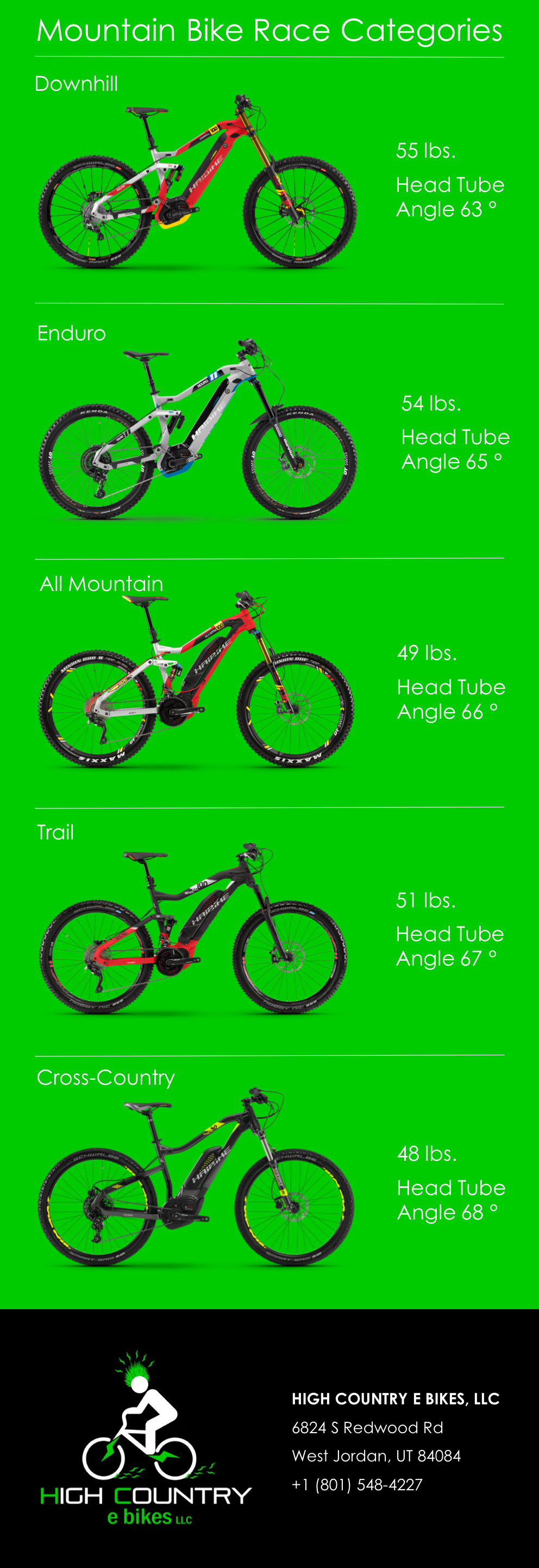Translating E-Bike Classifications: A Summary Of Their Significances
Translating E-Bike Classifications: A Summary Of Their Significances
Blog Article
Content Written By-Barefoot Lopez
If you're taking into consideration acquiring an e-bike, comprehending the different courses is key in making an educated choice. You could be amazed at how each course supplies distinct features that accommodate various riding preferences and legal requirements. From pedal-assist options to throttle-controlled versions, each course has its benefits. So, prior to you decide on the excellent e-bike for your requirements, it's important to realize the differences in between Course 1, Course 2, and Course 3 e-bikes.
Course 1 E-Bikes
Class 1 E-Bikes are specified as pedal-assist electrical bicycles that provide support only when you pedal, ceasing to do so once you get to 20 mph. These bikes are ideal for those trying to find a little added boost while still wishing to obtain some workout. Course 1 E-Bikes provide a smooth change in between pedaling and electric help, assisting you conquer hills and cross countries easily. https://andyhmrwb.blogsmine.com/33527828/the-advancement-of-electric-bicycles-patterns-and-developments-to-watch-on starts as quickly as you start pedaling, providing a natural and effortless adventure experience.
Among https://ebiketips.road.cc/content/advice/buyers-guide/best-electric-folding-bikes-2024-easily-transportable-and-fun-to-ride of Course 1 E-Bikes is that they're enabled on most bike paths and routes where typical bikes are permitted. This means you can check out brand-new routes and delight in the open airs without any restrictions.
Furthermore, these bikes are eco-friendly and supply a sustainable mode of transport, decreasing your carbon footprint while still obtaining you to your destination efficiently.
Class 2 E-Bikes
Carrying on from the pedal-assist characteristics of Course 1 E-Bikes, Class 2 E-Bikes introduce a new aspect right into the electric bicycle world. These e-bikes come with a twist throttle feature, permitting you to ride without pedaling in all. With this addition, you have the option to merely engage the throttle and allow the motor do the job, driving you onward easily.
Class 2 E-Bikes are perfect for cyclists that might require a break from pedaling or call for aid when beginning with a full stop. This function makes them specifically appealing for individuals with minimal mobility or those who desire a more leisurely riding experience.
Nevertheless, it is necessary to note that Course 2 E-Bikes are still regulated by a rate restriction of 20 mph, guaranteeing security and conformity with laws.
Class 3 E-Bikes
For riders looking for a more vibrant electrical cycling experience, Class 3 E-Bikes deal enhanced speed and performance compared to their Course 1 and Course 2 counterparts. Course 3 E-Bikes are known as "speed pedelecs" and can get to speeds of up to 28 mph, offering a thrilling adventure for those trying to find an extra boost. These bikes come outfitted with a pedal-assist system that starts when you begin pedaling, making it easier to preserve higher speeds with less effort.
One essential function of Course 3 E-Bikes is that they aren't limited to bike lanes only; they can additionally be utilized on roads where the rate restriction is 30 mph or lower. This adaptability allows riders to navigate with traffic much more successfully while still delighting in the benefits of electric assistance.
However, it's necessary to bear in mind that some areas might have particular regulations pertaining to making use of Course 3 E-Bikes, so constantly examine local regulations before hitting the trail.
Conclusion
So, since you recognize the differences in between Course 1, 2, and 3 E-Bikes, you can make a notified decision on which type finest matches your demands. Whether you choose pedal-assist, throttle attribute, or greater rates, there is an E-Bike course out there for you. Remember to consider your local guidelines and individual preferences before making your choice. Delighted riding!
